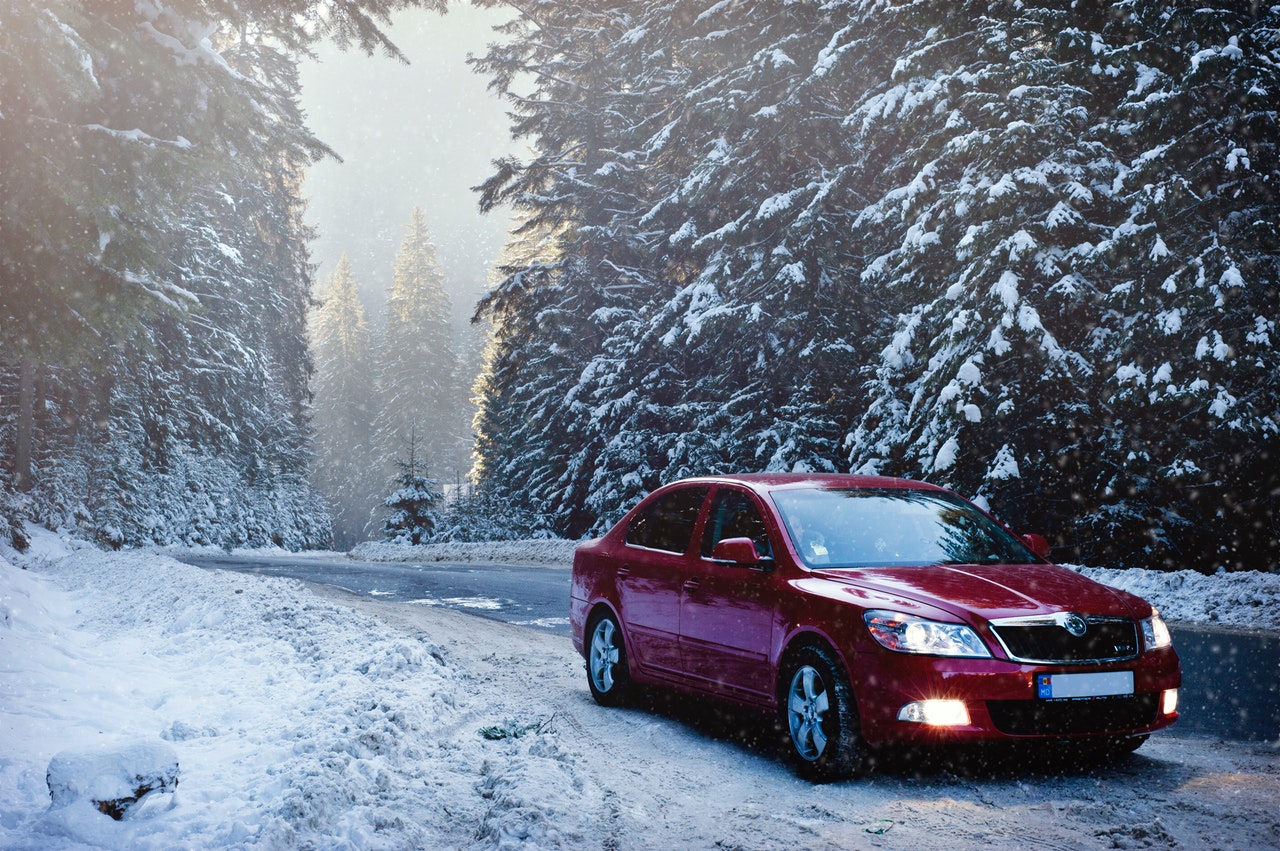The great debate: automatic vs manual gearboxes
Should your next car be manual or automatic?
We explain the pros and cons of both kinds
All types of gearbox explained

When you’re buying a car, there are many choices to make – what kind of engine, colour and trim, right down to optional extras and small details. Choosing whether you want a manual or an automatic gearbox is another one of these choices, but it’s not always a straightforward one.
Manual gearboxes are simple – you control what gear you’re in at all times using the clutch and gearstick. But automatic gearboxes are more complex, and there are various different types that use different mechanisms to accomplish the task of changing gear.
Is an automatic car worth more?
Typically, yes – especially if it’s on the type of car where an automatic gearbox is desirable. Small automatics are often sought-after by older or disabled drivers, while luxury car drivers barely even consider a manual an option these days.
A site like Parkers can give you an accurate valuation for your car, or let you know if the car you’re considering buying is worth what the seller’s asking – some might try and inflate the price if it has an automatic.
Read on below for an overview of the different kinds of gearbox available…
What is a manual gearbox?
A manual gearbox is what most motorists in the UK will have learned when they first started driving. There’s a clutch pedal and a gearstick that together give the driver full control over which gear ratio they want to be in.
Manual gearboxes typically have five or six ratios plus reverse
Pros
Manual gearboxes are cheaper to buy and lighter than automatics, and enthusiasts tend to swear by them, claiming they offer greater involvement with the car. Their status as the default option means that there’s a far greater choice of them available on the used market, especially at the cheaper end or in small cars.
Cons
Operating the clutch and gearstick can become tiresome in heavy traffic, and a bad driver can wear out the clutch of a manual car very quickly.
What is an automatic gearbox?
In modern cars, it’s anything without a clutch pedal. Drivers may be able to override and control which gear ratio they’re in, but a car that is capable of shifting gear ratio by itself is an automatic car.
Automatic cars will have a shifter with Park (P), Reverse (R), Neutral (N) and Drive (D) modes. Many offer a Sport mode, which aids performance by changing up at higher revs. Manual control can be taken with +/- controls – sometimes on the gear selector, or via paddles mounted to the steering column.
There are so many different kinds of automatic gearbox that they can be confusing – here’s a quick rundown of the various types. You can find out what kind of gearbox your car has by asking the manufacturer, or by looking up reviews of it on one of many buying advice sites. [https://www.parkers.co.uk/car-reviews/]
What is a traditional automatic gearbox?
This is one way of referring to a ‘torque converter automatic’. These use a component known as a torque converter in place of a clutch, and though they once were the preserve of large luxury cars you can now find them on everything from sporty convertibles to small hatchbacks.
Pros
Traditional autos are very smooth – older units were often known as ‘slushboxes’ for the way they slurred gearchanges together. Modern torque converters are quick-shifting and responsive off the line. They’re also usually very reliable. The latest models can have as many as 10 ratios, improving performance and fuel economy.
Cons
Torque converter autos are heavy making them best suited to larger cars. They can be less efficient than their manual counterparts, and they’re significantly more expensive, too.
What is a dual-clutch automatic?
Known as everything from DSG (Volkswagen) to DCT (Renault) to PDK (Porsche) dual-clutch automatics, as the name suggests, use a pair of electronically controlled clutches, and hand off gear-shifting between them. Typically, one clutch will deal with odd-numbered gears while the other deals with even numbers.
Dual-clutch automatics are found across many kinds of vehicles, but their quick-shifting nature lends itself particularly well to performance cars. Some manufacturers use them almost exclusively.
Pros
Dual-clutch autos shift quickly and crisply, making them really fun to drive in most circumstances. They’re often better-performing and more efficient than their manual counterparts, too.
Cons
These gearboxes can be unpleasantly hesitant or jerky depending on their programming, making them a pain in traffic. Some examples have also proved unreliable.
What is a CVT?
A Continuously Variable Transmission (CVT) is a type of automatic gearbox that uses one infinitely changing gear ratio instead of several fixed ones. First developed in the 1960s, today they’re typically used on hybrid vehicles – though some small cars have them fitted too.
Pros
CVTs operate very smoothly making them great city cars. Not being limited to distinct ratios also means they can be incredibly efficient.
Cons
They’re not well-suited to spirited driving – there’s often a disconnect between the engine speed and the road speed which feels rather like you’re being pulled along by a rubber band. Under hard acceleration, CVTs are noisy, and several examples over the last few years have been rather unreliable.
